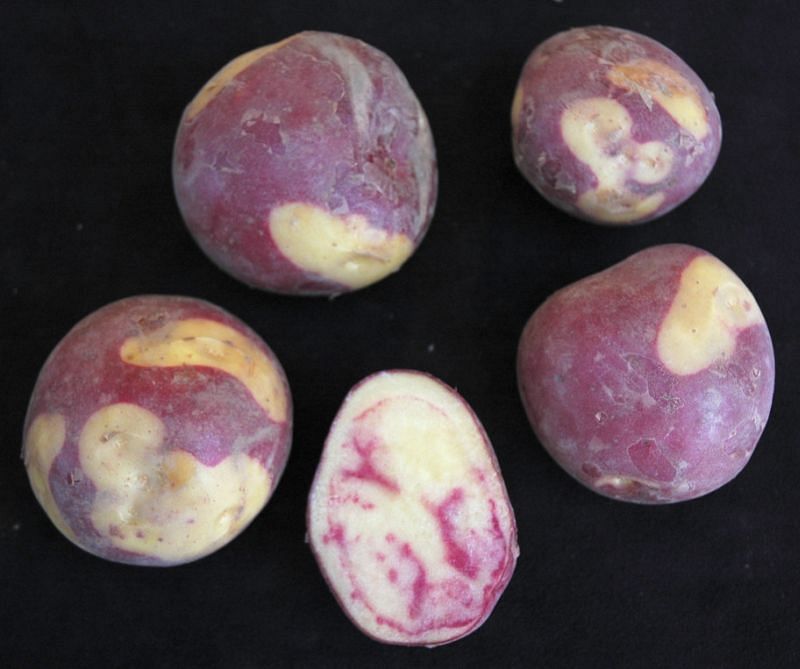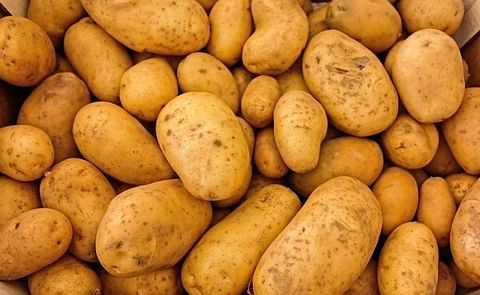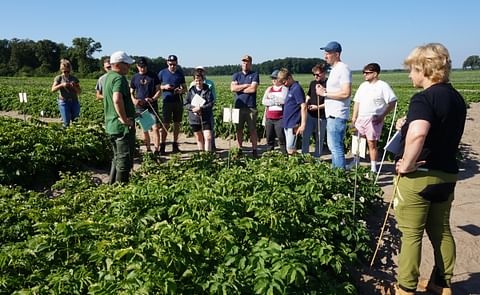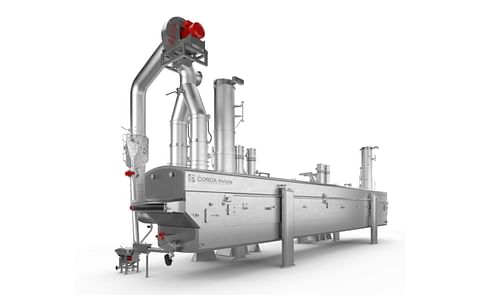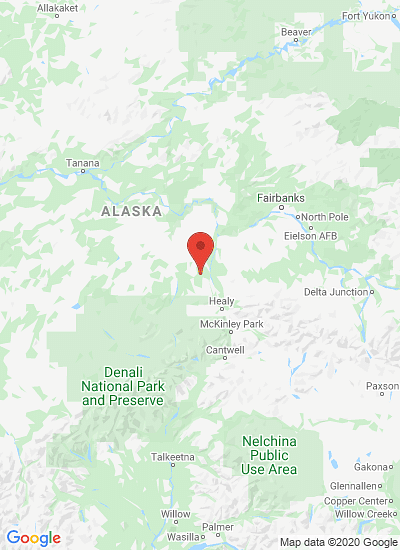A new line of potato developed at the University of Alaska (at the Matanuska Experiment Farm in Palmer) stands to boost Alaska's agriculture industry with its consumer plate appeal.
“It has high potential,” said Carol Lewis, dean of the University of Alaska Fairbanks School of Natural Resources and Agricultural Sciences and the Agricultural and Forestry Experiment Station director. “It will benefit the public, the university and the agriculture industry.”
For now, the potato is simply called 29-6. Researcher Jeff Smeenk has been working on 29-6 for several years. The yellow-fleshed potato’s appeal is that it has flashy red and white skin that will entice restaurant chefs seeking to add excitement to the dinner plate. “It was selected for the Alaska sales market,” Smeenk said.
Smeenk worked in cooperation with Chuck Brown of the USDA Agricultural Research Service and Bill Campbell of the Alaska Division of Agriculture’s Plant Materials Center to collect several years of data. Each year, the USDA ARS geneticist sends UAF between 1,500 to 2,500 marble-sized tubers, which are planted in a greenhouse to get a jump-start on the season. The transplants are placed in the field in early June and grown for the season. In the fall, all the plants are dug up and individually examined. The tubers of the top 100 plants are collected for planting the next year. In the following season, only the top 20 lines of the previous 100 are kept. In the third season those 20 lines are narrowed down to the best two or three. At this point some of the tubers are cooked and evaluated for flavor. If they taste good, the lines are put into replicated trials for further evaluation.
However, taste is secondary in the national commercial market, Smeenk said. “The consumer buys with their eyes so it’s all about appearance with the consumer and marketable yield with the farmer.”
While there are many commercial varieties already available, researchers are developing future varieties with a focus on unique colors of flesh and skin along with great flavor. “The yields are not as high as some of the commercial varieties but we anticipate that the growers will be able to sell the tubers as a premium product,” Smeenk said.
This summer, for the first time, a private farmer planted the potato. Talkeetna farmer and UAF agriculture student Greg Kalal grew enough potatoes to sell at a local farmers’ market. This will provide Smeenk with much-needed market research.
“I hope it has market acceptance and that our growers can become fabulously wealthy growing this niche crop,” Smeenk said. “And it would be nice if a chef turned it into a signature dish.” The chefs who have tested the potato have been very pleased, Smeenk said. “Their off-the-cuff response was they would love to have hundreds of pounds of these.”
The hardest part of going through the thousands of potatoes grown at the farm each year and choosing which ones have the best potential is wondering about the potential of the ones that are left in the field, Smeenk said. “So many of them look delicious.”

